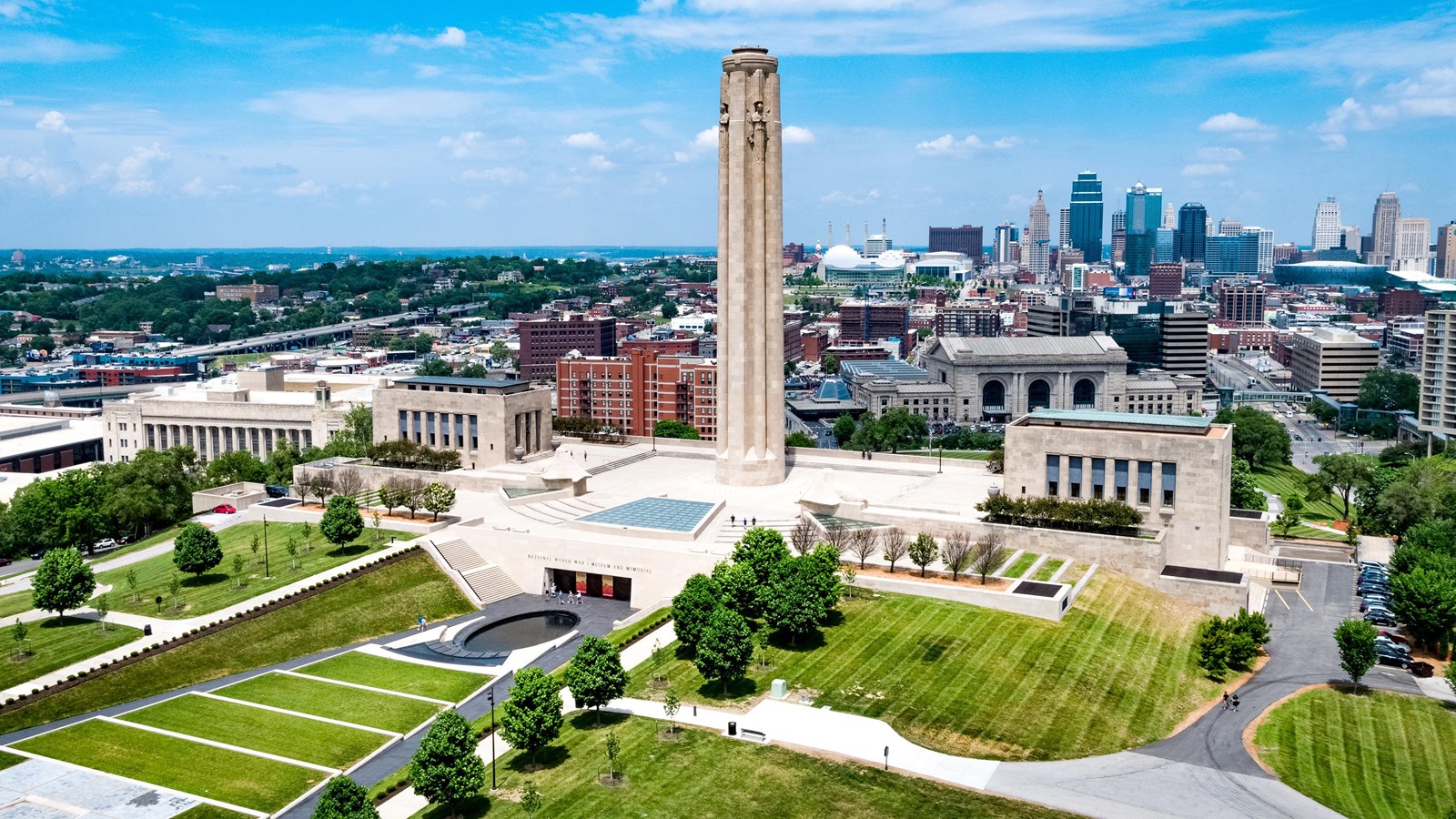Last updated: October 9, 2020
Place
Freedom’s Frontier National Heritage Area

Photo Courtesy of Freedom's Frontier National Heritage Area
Freedom's Frontier National Heritage Area (FFNHA) was Congressionally designated in 2006. A grassroots network of willing partners, volunteers, and locations serve as the Freedom’s Frontier Board of Trustees, the coordinating entity for the heritage area.
Freedom's Frontier National Heritage Area has a distinct landscape of rivers, hills, valleys, soils, and vegetation. In the 1800s, before the nation expanded across the continent, the western border of Missouri was the American frontier. To its west, Kansas was known as a permanent Indian Territory for both the Plains Indians and other tribes who were forcibly sent to the region following decades of land disputes. Since river travel ended at the Kansas border, this area became a major jumping-off point for pioneers heading west on extensive networks of trails. Traders, miners, and emigrants secured necessities and purchased provisions, and prepared for long overland treks.
In 1854, political tensions between Missouri and Kansas resulted in a violent border war as the Kansas territory sought statehood and debated the legality of slavery. At the time, Missouri was a slave state, and the issue of Kansas entering the Union as a potential “free state” ignited years of turmoil. The violent conflict between slavery proponents and abolitionists in the war known as “Bleeding Kansas” (or “Border War”) focused national attention on Kansas sovereignty and territorial law. This was one of the nation's most widely debated political crises in the years leading up to the Civil War. The Kansas-Nebraska Act passed in 1854 left the territory's future status in the hands of settlers. The struggle for freedom was at the forefront of the Border War, and in the Civil War that followed. Although the Fugitive Slave Law made assisting runaway slaves a hanging offense in Kansas Territory, abolitionists continued to help slaves escaping from Missouri by the Underground Railroad.
After the Civil War, hundreds of African Americans came to settle in Kansas as part of the "Exoduster Movement" in the 1870s. Through the end of the 19th century and into the 20th century, African Americans in both states continued the struggle for freedom from inequality and segregation during the Jim Crow and Civil Rights eras. One of the heritage area’s most well-known civil rights stories is found in the landmark Supreme Court case known as Brown v. Board of Education of Topeka, Kansas which ended legal racial segregation in public schools in 1954. Today, Freedom’s Frontier National Heritage Area continues to advocate for equal freedoms for all Americans. Visit, explore and learn about the nation’s enduring legacy and struggle for freedom through the shared stories of courage, conflict, and hope for reconciliation as told across their broad landscape.
